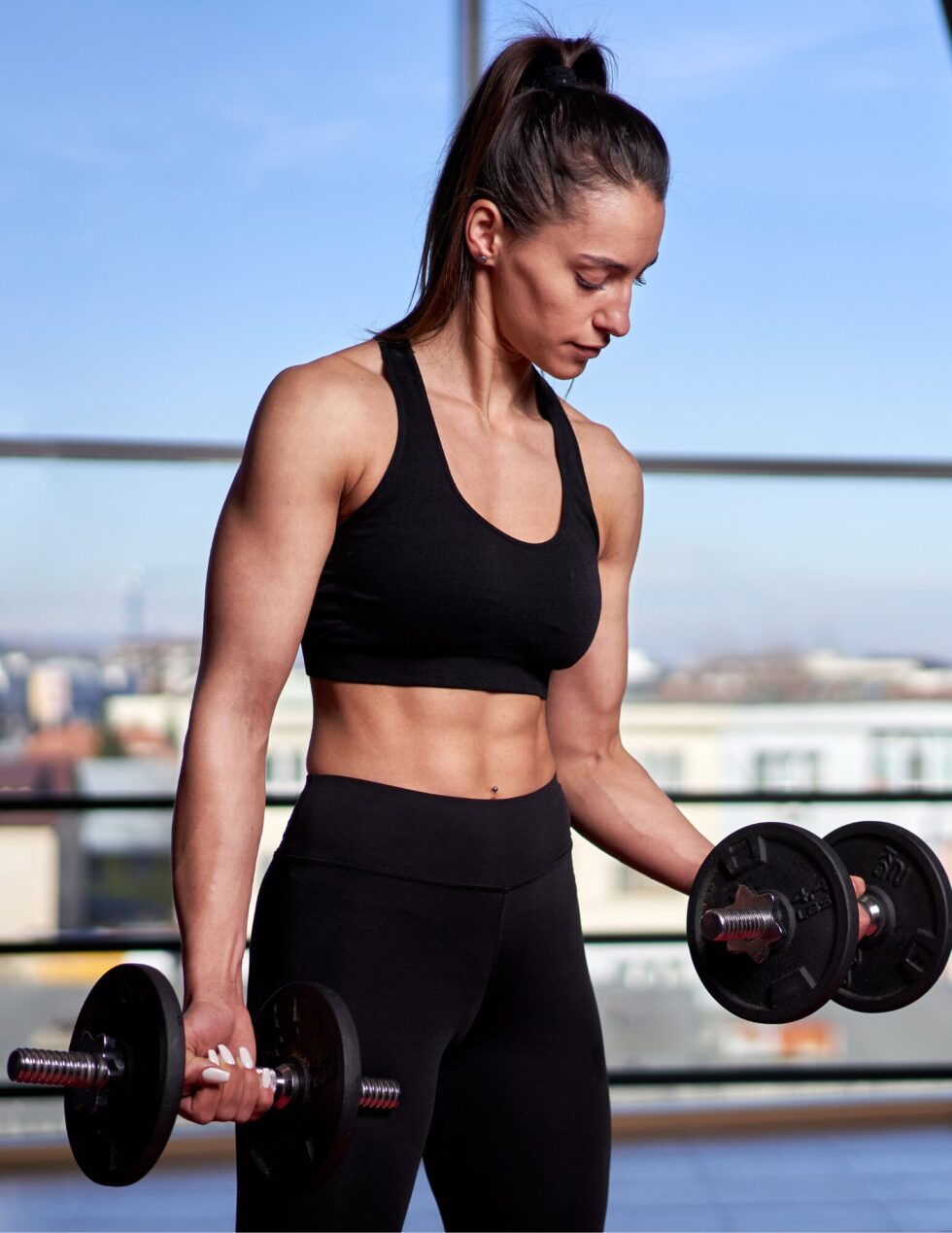Women in 40 or more should be focused on keeping their fitness and energy levels up while keeping a trim shape of their bodies. The natural decrease in muscles, coupled by hormonal fluctuations and metabolic changes can cause problems. With individualized fitness programs, individuals are able to experience a feeling of energy and vitality regardless of age.
Understanding the Changes After 40
At the age of 40, women start losing muscle mass due to a process known as sarcopenia that reduces metabolism and strength. Reduced bone density can increase the likelihood for developing osteoporosis. Routine workout is quite beneficial for your body as it reduces the negative impact and promotes physical well-being.
The Best Workout For Women Over 40
- Strength Training
Strength training includes lunges, squats, and push-ups are quite helpful exercises for building muscle mass and promoting overall health. They are the proven exercises to boost or develop muscles with metabolic rate elevation, supporting weight growth. Add these effective workouts in your weekly routine exercise minimum three-times.
- Cardiovascular Exercise
Cardiovascular exercise helps maintain heart health and burns calories but high-impact running puts excessive stress on joints.
According to the Heart and Stroke Foundation of Canada regular moderate cardiovascular exercise totalling 150 minutes per week can decrease heart disease risk by 30%.
Maintain an exercise intensity where talking is possible but singing becomes difficult.
- High-Intensity Interval Training
Guided sessions can be accessed through Yoga Studio applications.
Get 7-8 hours of sleep each night to help your muscles recover. If you get your doctor’s approval try magnesium supplements to help relieve muscle pain.
Exercise Workouts for Women Over 50
Women over 50 should participate in low-impact activities to protect joints from stress. Water aerobics along with Tai Chi and resistance band exercises are great exercise options. Participants participating in these workouts can keep muscle tone, flexibility and balance without putting the overuse of their bodies.
Modified squats, along with wall push-ups and sitting leg lifts can add advantages to exercises for women who are over 50. These exercises aid in daily activities while also increasing general endurance and mobility.
Nutrition and Recovery
A balanced diet that is rich in healthy fats, protein and complex carbohydrates can boost the repair of muscles and helps maintain the level of energy when it is combined with exercise workout for Women Over 50. Sleeping enough and drinking enough water are equally crucial for effective recovery and maintaining your overall well-being.
Collaboration with Experts
A professional guideline can increase the efficiency of launching a fitness program.
Body Beautiful Fitness designs customized exercise programs that meet the specific requirements of women who are in their thirties. Through sustainable lifestyle modifications and nutrition strategies this program integrates strength training techniques to help you reach your fitness goals. With the guidance of expert trainers and community support you will develop stronger muscles while reducing body fat and increasing your energy level.
Staying motivated becomes challenging when you need to juggle a busy schedule. Assistance from a professional source like
Body Beautiful Fitness has proven to be extremely valuable. Need a workout buddy? When no human companion is available for daily walks adopt a dog.
Heart disease patients over the age of 65 who own dogs tend to exercise more frequently because they need to take their dogs for walks.
Volunteering at a local shelter is a great alternative if adopting a dog proves impossible.
Age should not stop you from enjoying your fitness routine.
Modifying your exercise routine allows individuals with age-related conditions like osteoporosis to prevent injuries while also lessening their chronic pains.
Osteoporotic and menopausal aged women achieve better bone mineral density in their lower limbs through high-load resistance training with low repetitions according to research from 2018.









